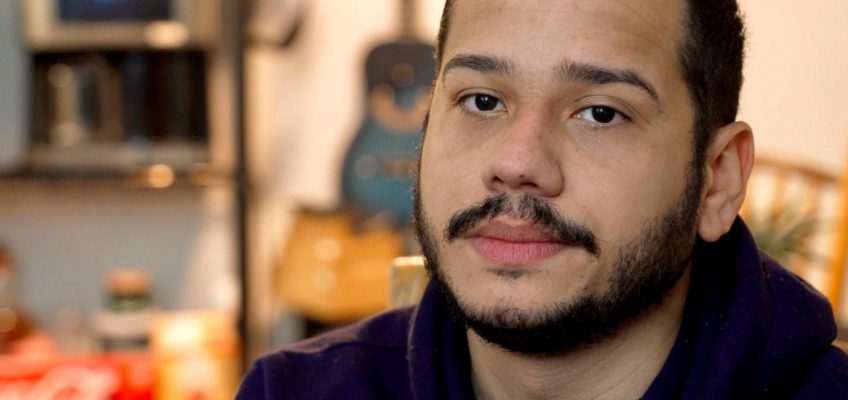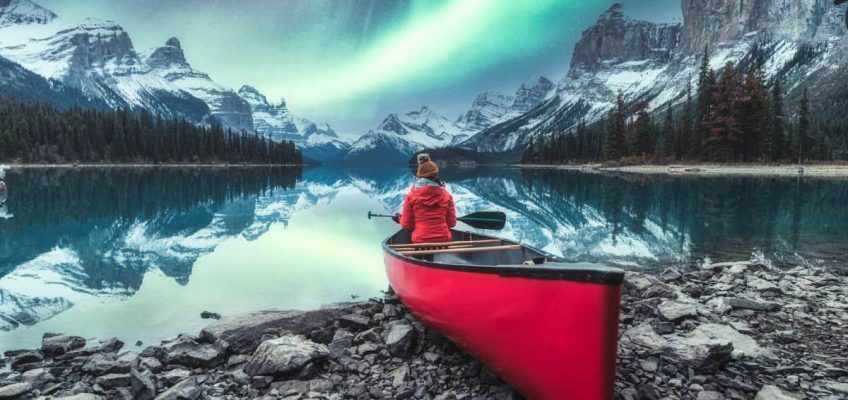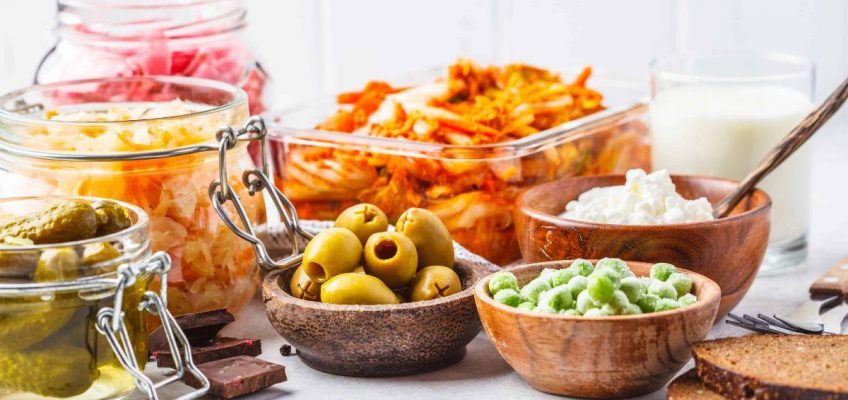By GIOVANNA DELL’ORTO
HOPKINS, Minn. (AP) — Every Sunday, Johann Teran goes to worship at a Lutheran service in suburban Minneapolis, trying to find some hope that the future he was building isn’t all slipping away.
Like hundreds of thousands of Venezuelans hit by political and economic crises, Teran, his wife and her mother applied for different kinds of humanitarian protections in the United States that the Trump administration has curtailed or is expected to end soon.
“I’m feeling like they’re telling me, ‘Go, just go back, we don’t want you.’ Even when they gave me the opportunity to be here,” Teran said. “We are just hopeless, and trying to find hope, and that’s why I’m going more to the church, to look for or get this hope that I need.”
The 27-year-old attorney came to Minnesota eight months ago on a humanitarian parole program the Biden administration created in 2022. It granted two-year visas to 500,000 people from Cuba, Haiti, Nicaragua and Venezuela – all countries deemed by the United States to have unstable or repressive governments – if they had a U.S. financial sponsor and passed background checks.
Teran’s wife, Karelia, 29, hadn’t received approval yet when the new administration ended the program, leaving her in Venezuela without a legal path to the U.S. Her mother, Marlenia Padron, was granted temporary protected status – TPS, another mechanism for people who fled countries in disarray – in 2023, but the government has ordered it to end in early April for several hundred thousand Venezuelans like her. Hundreds of thousands more Venezuelans and Haitians will lose TPS later this year. Lawsuits were filed Thursday to reverse the decision about Venezuelans.
Before cooking dinner in her small apartment decorated with photos of far-away relatives and statuettes of the Virgin Mary, Padron said she understands that President Donald Trump “was fed up” with Venezuelans who have committed crimes in the United States and wants to deport them.
“But he eliminates the TPS and there we all fall,” Padron said in Spanish. “I don’t know what’s going to happen, what will happen with a lot of people who are here hurting nobody. … I’m working, I file my taxes. I wanted to buy a house. Those are the plans we had, but now I can’t have those plans.”
Padron, 53, said threats against her began just as Venezuela’s economic crisis escalated. Working as an attorney for a local government office in Puerto La Cruz, she said she was kidnapped for ransom, detained on trumped-up political accusations and surveilled – all the while watching her income disappear in the currency crisis, water and electricity rationed, and medicine for her elderly mother grow scarce.
“That time of the kidnapping was the trigger,” she said, describing how she was taken from a shopping center and held for three days, with beatings and accusations of being a “traitor of the homeland” for raising questions about corruption.
“Nobody can say Venezuela is a place that has stability and respect for human rights. So people are going to continue to flee,” said Karen Musalo, an attorney and professor who leads the Center for Gender & Refugee Studies at University of California College of Law, San Francisco. “The U.S., I would say under the Biden administration, with both humanitarian parole and temporary protected status, was recognizing that and responding to that.”
Musalo said most of roughly 8 million Venezuelans who fled in recent years went to other Latin American countries, triggering a regional crisis.
Padron went to Colombia first, crossing by canoe a river where gangs and guerrillas roamed. Worried she still might be targeted, she decided to travel on to Mexico, cross into the United States and turn herself into U.S. immigration authorities, asking for asylum – a process that can take many years.
When the special TPS program started, she applied, got a work permit and a job at a printing press, and finally felt safe in her new home in Minnesota – not always looking over her shoulders for threats or navigating shortages of necessities.
“I get home, make my meal for the next day, if I want to eat out, I go out – because there’s quality of life, I earn what one earns to live peacefully,” she said. “I don’t have to go to a gas station to get gas and spend two days in line.”
Padron had never seen trees without leaves when she arrived in fall 2021, so adjusting to the frigid winters has been jarring. But she finds peacefulness in the snow.
“Sometimes when there’s a lot of snow, I leave the shoes outside, and then I open the door and I think, ‘My shoes, I left them outside!’ And there they are. In Venezuela that wouldn’t happen, they’d steal your shoes,” Padron said.
Now her daughter has no way to rejoin the family, and Padron is unsure of her own next steps. Even her father back in Venezuela has been asking “When will they deport you?” But she says she can’t go back in fear of her life.
Raised Catholic, she hopes that if she can stay in the United States, she will get a bigger home with an altar covered in flowers for the two statuettes – one honors her native city’s Virgin Del Valle and the other an icon especially venerated by Cubans, La Virgen de la Caridad.
Meanwhile, she started attending Tapestry Church, a Lutheran congregation where old-timers as well as Latin American migrants worship in Spanish and English.
In 2023, the church had applied to sponsor humanitarian parole for 38 Venezuelans, but those cases were never processed. Now, it tries to reassure its congregants despite widespread fears.
“We have the conviction that we’re stronger in community,” said the Rev. Melissa Melnick Gonzalez, Tapestry’s pastor.
Teran, who works as a paralegal, has been volunteering with the congregation, helping fellow immigrants with paperwork.
“Everybody is worried and kind of anxious. People doesn’t want to go out anymore,” he said. “The Venezuelan community is just at home. We’re all waiting, like we were criminals.”
He’s trying to get a work visa that would prevent him from returning to Venezuela while allowing his wife, an orthodontist, to leave a country where young professionals like them can’t make ends meet – and any protest risks violent repression.
He said he studied democracy in law school and would like to practice law in the United States, where “there’s no impunity.”
“So that dream is also being kind of canceled by Trump,” Teran said.
On a recent evening, as Padron fried arepas, Teran video-called his wife, and reached out to the phone screen when she turned it on their two snoozing Schnauzer dogs, Hoddy and Honey. Expecting Karelia’s humanitarian parole would be approved any time, he had moved into a pet-friendly apartment before the program was terminated.
“I don’t see any future right now for having her, in fact there’s nothing that I can do right now for having her,” Teran said. “I don’t understand that, why you allow me to get in legally and now you’re treating me like an illegal.”
___




